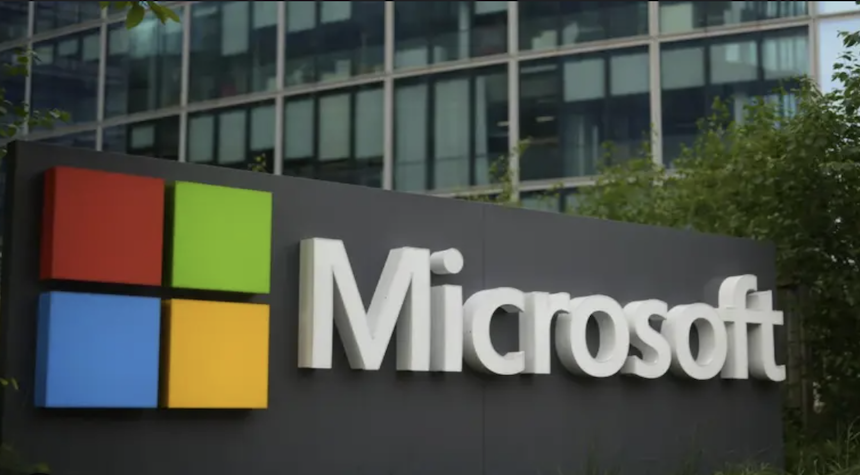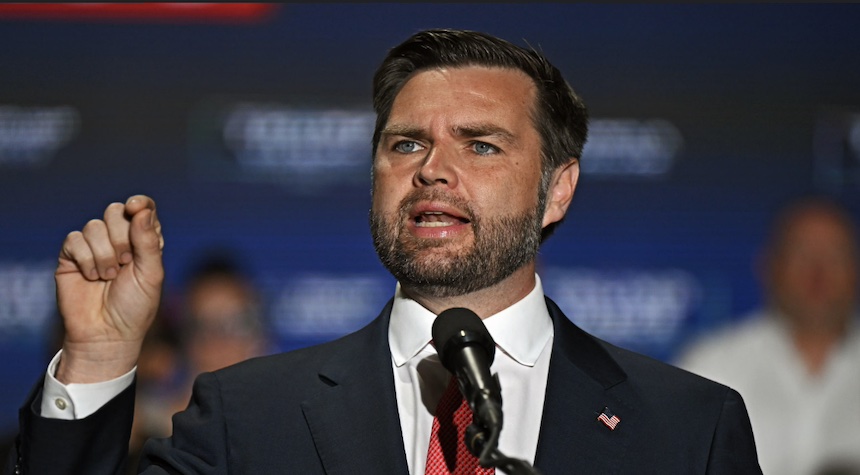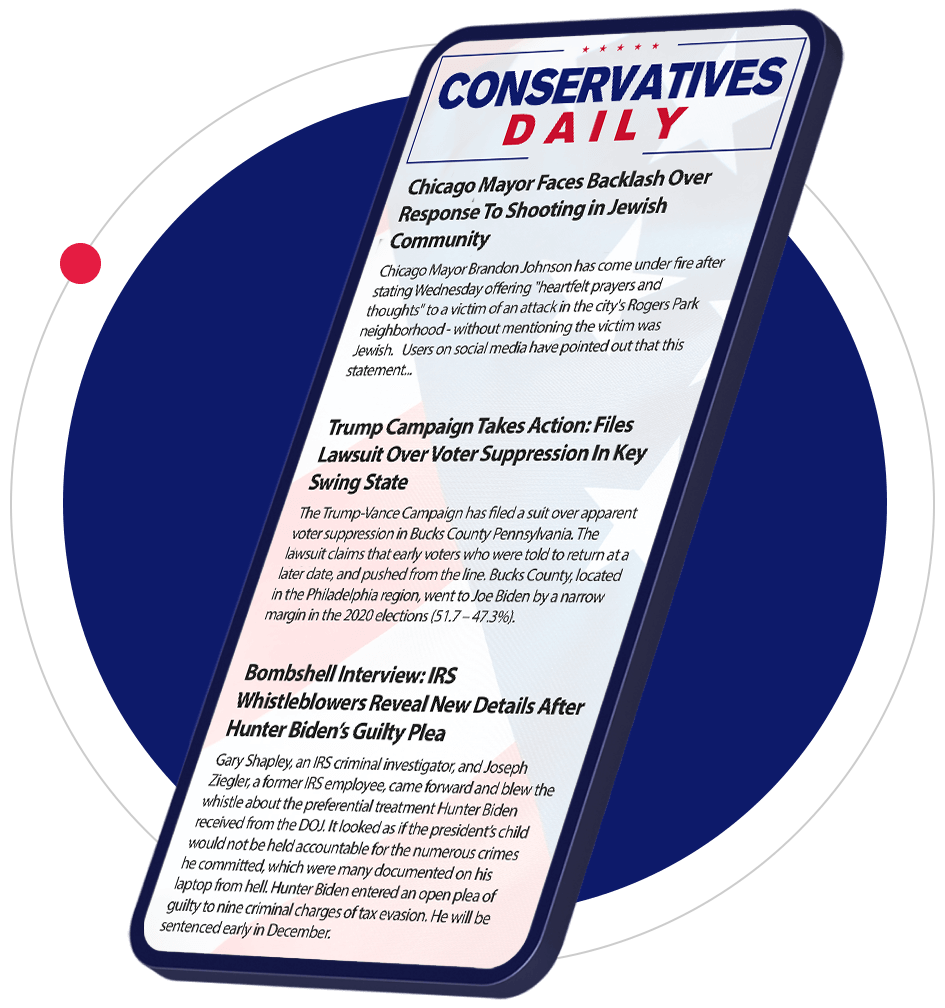Microsoft, a leading technology company, has come under scrutiny for its employment practices involving American workers and foreign visa holders. This situation has sparked a debate on the ethical and economic implications of the H-1B visa program.
Vice President JD Vance has publicly criticized Microsoft’s recent actions. The company has reportedly laid off nearly 16,000 American workers over the past several months while simultaneously applying for and receiving approval for 9,941 H-1B visa applications. This juxtaposition has raised questions about the company’s hiring strategies and use of foreign labor.
The H-1B visa program allows U.S. companies to employ foreign workers in specialized occupations requiring specific technical expertise. While tech industry leaders argue that this program is necessary to fill gaps in the American workforce, critics, including Vice President Vance, contend that it may be used to replace American workers with less expensive foreign labor.

This debate occurs against the backdrop of ongoing discussions about immigration policy and its impact on the American job market. It also raises important questions about the balance between attracting global talent and protecting domestic employment opportunities.
The U.S. Citizenship and Immigration Services has recently notified the federal Office of Management and Budget of a proposed rule involving a “weighted selection process” for H-1B visas. The specifics of this potential change remain unclear at this time.
Proponents of the H-1B program emphasize its role in maintaining America’s competitive edge in technology and innovation. Critics, however, point to instances where the program may be misused to the detriment of American workers.
The evidence suggests that this debate will continue to be a significant factor in discussions about American economic policy and immigration reform. As the situation develops, it will be crucial for policymakers to carefully weigh the interests of American workers, the needs of the tech industry, and the nation’s long-term economic goals.


